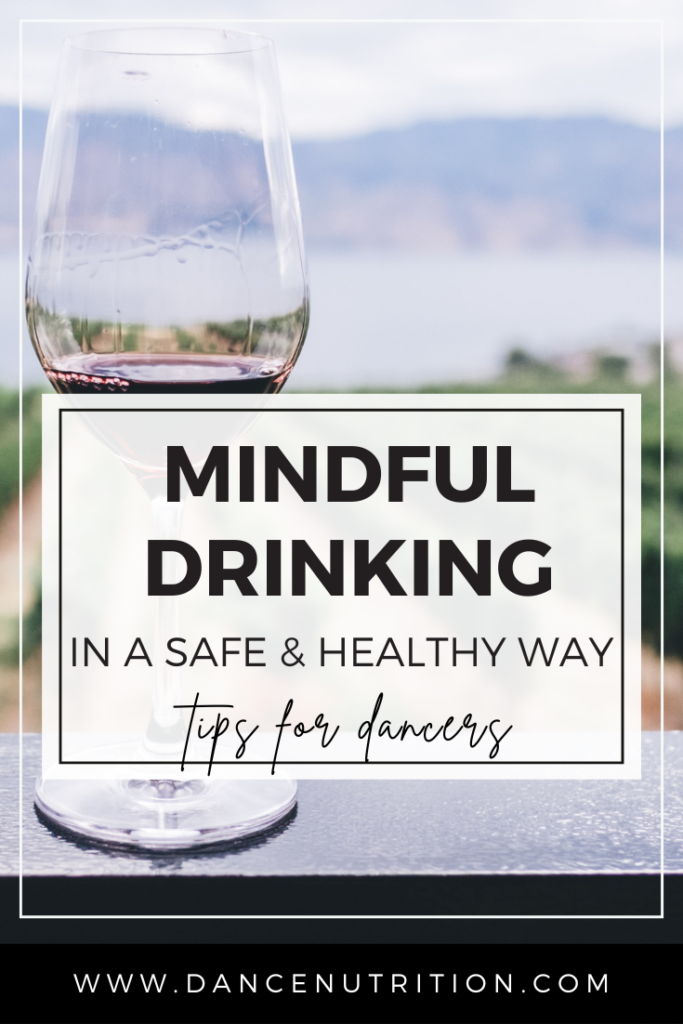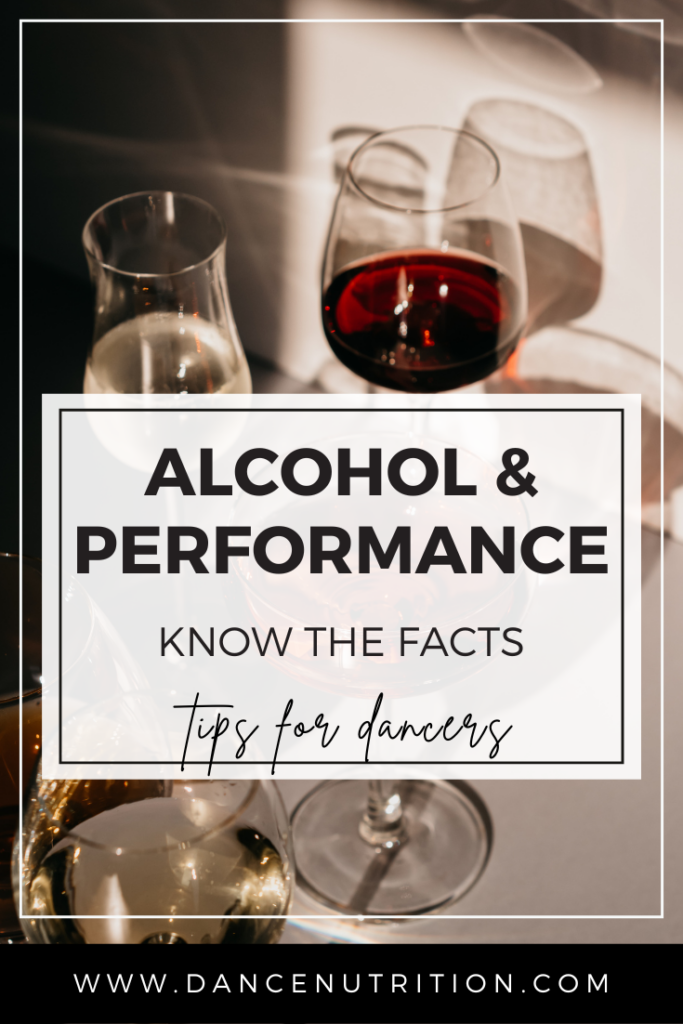For dancers of the legal age to drink, understanding the effects of alcohol on performance is crucial not only to maintain your performance but to ensure your safety. In this blog post, we’ll explore what every dancer should know about how alcohol can impact their performance, including how to identify your limits safely.
What’s the impact of alcohol on performance?
There are several, and according to the National Collegiate Athletic Association (NCAA) is a pattern worth monitoring for several reasons.
#1: Coordination and balance
Alcohol is known to impair coordination and balance. For obvious reasons, this won’t help your dancing. Even small amounts of alcohol— especially for those with low tolerance levels can affect your ability to maintain proper alignment and control your movements, increasing the risk of injury.
#2: Reaction time and judgment
Quick thinking is necessary for retaining choreography and moving through quick transitions. Alcohol slows your body’s ability to react to stimuli, whether that’s the input of new movement patterns or the spatial awareness to navigate a busy studio safely. Alcohol can impair judgment and decision-making skills, increasing the likelihood of collisions, accidents, or injury. According to the NCAA, these impairments can last up to 72 hours after alcohol intake.
#3: Endurance and stamina
While alcohol might initially make you feel more uninhibited and for some, energized, it can quickly lead to fatigue and decreased stamina. Many dancers experience an overwhelming sense of sluggishness after a weekend of excessive drinking— a recipe that impairs your power and capability in the studio and on stage.
#4: Muscle function and recovery
Too much alcohol can interfere with muscle function, causing them to contract less efficiently and leading to decreased flexibility and range of motion. Additionally, alcohol is an insufficient source of nutrients that can leave your body lacking in key nutrients during the post-performance period— another recipe for muscle strains or other injuries.
#5: Dehydration
Alcohol is a diuretic, meaning it causes the body to lose fluids more rapidly (you pee more!). When the body isn’t hydrated sufficiently, your ability to focus declines, your muscles become more likely to cramp, and if you’re dancing in a hot and humid climate, you’ll risk heat exhaustion.
Dancers and alcohol: know your limits
A drink or two is oftentimes harmless for those at the legal drinking age (which may vary depending on where you live). However, your ability to make informed choices is most important, and if alcohol impedes that, it’s time to evaluate your tolerable limit. Heavy alcohol consumption can be dangerous for both yourself and those around you. Most importantly, never operate a vehicle while under the influence.
From a performance perspective, becoming overly reliant on alcohol can cause nutritional deficiencies; alter digestion and nutrient absorption, and impair your ability to gain muscle mass and strength as a dancer.
Seek support if feeling dependent
Alcoholism is a very serious condition that shouldn’t be ignored. Up to 50% of individuals with eating disorders experience alcohol and drug abuse— a rate 11 times greater than the general population. This is an alarming statistic especially when we consider the high prevalence of eating disorders among dancers. Even if not diagnosed with a formal eating disorder, disordered eating and the stress that comes along with it may increase one’s risk of becoming overly reliant on alcohol. If you’re struggling, seeking appropriate support such as from a mental health professional and support groups is highly encouraged.
Can dancers drink in a safe and healthy way?
Of course. Without the presence of alcohol dependency, it’s a matter of being mindful and attuned to the behaviors that align most with your goals as a human and dancer. Similar to the benefits of mindful eating techniques, mindfulness and curiosity will be your best guide.
First evaluate why you want to drink. Is it for enjoyment? Or, is it to move through discomfort and emotional distress? If the latter, reevaluate and consider other tools to help. If your desire to drink comes with a mindset of wanting to avoid calories from food, then healing your relationship with food will be incredibly important.
Next, consider how you drink. How do you feel in the moment? How do you feel in the hours and days after? For dancers who feel comfort in control, drinking to a point of feeling out of control won’t be desirable (and isn’t recommended).Drinking on an empty stomach can lead to this outcome sooner, impairing your cognition and judgement quicker than expected. Drinking alongside a meal is likely to leave you feeling a bit more supported. If you’re overdoing it on drinks, then consider the satisfaction factor of what you’re choosing. Similar to when attempting to follow food rules, limiting yourself to ONLY lighter (diet, low sugar, or “skinny” options) might be the reason. While this isn’t always the case (there’s nothing inherently wrong with choosing the lighter option) always make sure your choice is one that satisfies you.




